But how do the big broadcasting studios manage complex direct broadcasts? What technologies are needed? What do they buy?
Okay, maybe you’ve never spontaneously asked yourself these questions, but now that we’ve brought them to your attention, a little question mark may have popped up next to your head.
There is – evidently – a difference between doing a live broadcast for a Twitch channel, like ours for example, and a live television. Or between us who broadcast Instagram with our smartphone and large companies that must, for example, communicate big changes, big news or simply update all their employees.
To understand what it would take to create a huge techgameworld.com broadcasting studio, we went to visit Canon Vision.
Canon Vision: discovering an ecosystem
Canon Vision is an event designed for discover firsthand and touch all the potential and strengths of Canon’s audio and video technology.
From PTZ cameras to the Cinema EOS family for film and professional production, from the innovative Canon EOS R system to the range of photographic models, Canon Vision is an opportunity to better understand how Canon products can be seamlessly integrated to create solutions aimed at fields such as corporate, education and live event production.
Three areas that have characterized Canon Vision:
- l’Area automated learning capture;
- l’Area virtual production;
- l’Area multi-cam corporate studio.
What was special about them?
The first area is primarily dedicated to teaching. In what sense? Well, Canon has built a small set that thanks to PTZ cameras with Auto Tracking and Auto Loop software can help record and stream university lectures without operator intervention.
In short, this means that it is possible to automate the process to deal with even adverse conditions such as the pandemic that overwhelmed us 3 years ago.
We also found the PTZs with Auto Tracking in the virtual production area, the one where – we confess – we spent the most time.
Imagine this: a large green screen, a video camera (PTZ) that can follow you as you walk across the green screen and a huge computer that positions you, in real time, within a virtual set. Basically you can simulate a television studio and a corporate room in such a realistic way that it can confuse even the most attentive eye.
And of course you can create the studio yourself, even using software like the Unreal Engine that is normally associated with video game production.
What is all this for? Well, to have a virtual space dedicated to events that can be manipulated, modified and replaced at any time. And then you don’t have to put an X on the floor for the speaker asking him to stay still: the Canon PTZ technology allows you to follow him as he moves, with super fluid movements and, if necessary, some zoom.
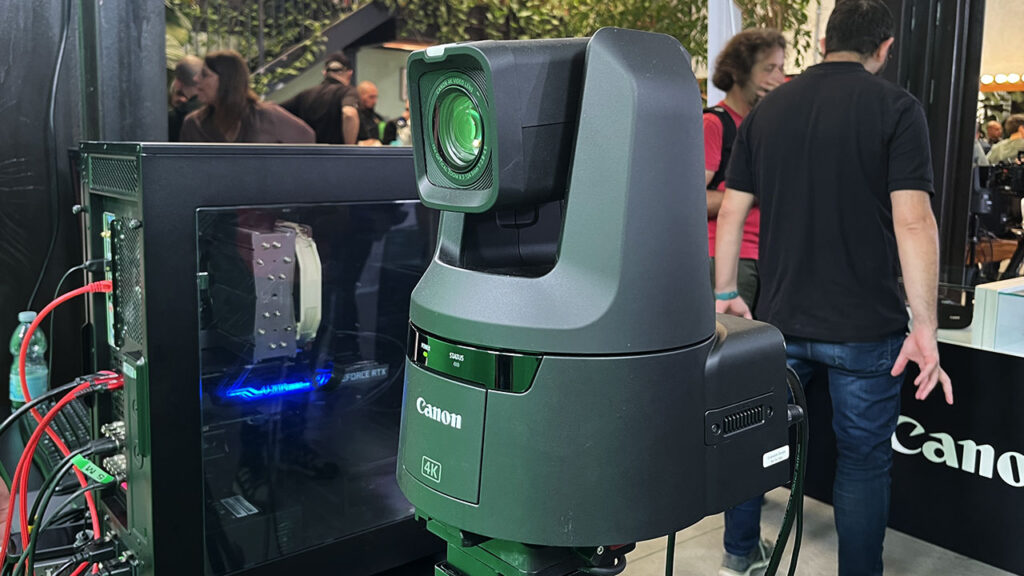
The last area is the one dedicated to multicam. What does it mean? First of all, that more cameras are used to have different shots. We were then faced with a set that used at the same time and PTZ, and Cinema EOS as XF/XA. And no, this doesn’t mean having different images because the base is always there Canon’s color science.
We explain better.
If you take two cameras of different brands (but sometimes even of the same brand) you have two images that maybe have the same quality but where the colors are a little different.
It also happens on smartphones: different sensors lead to different colors, except for subsequent software interventions.
And so that pastel pink changes a bit from room to room: it can be duller, more intense, more yellowish… In short, there is no coherence.
Canon has done a lot of color science – or color science – to ensure that this elusive pastel pink remains the same, regardless of the camera you are using.
So when you find yourself in front of a multicam setup you won’t have to worry about color rendering because in principle they will remain the same.
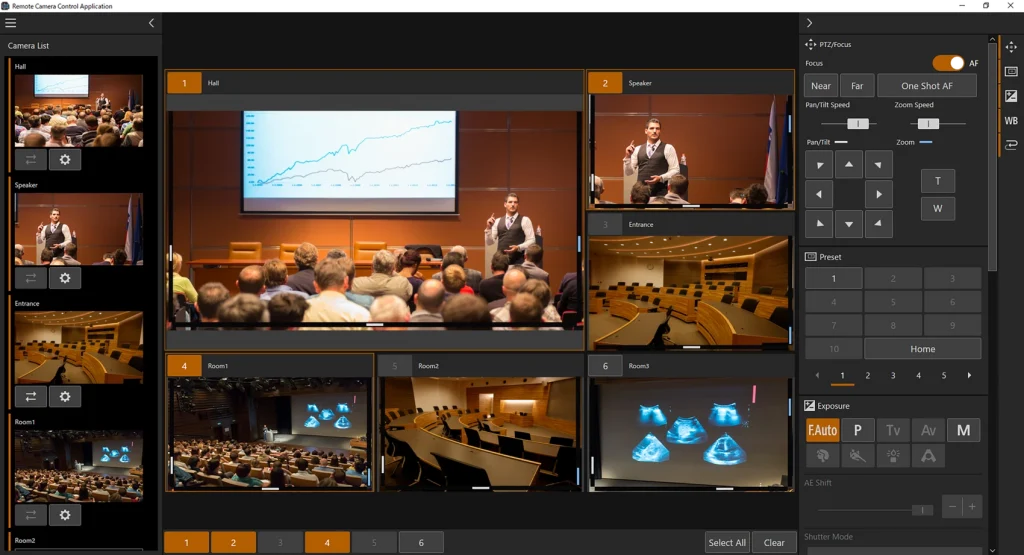
But there’s more. The cameras used for the demonstration were all networked and all controllable remotely thanks to a software called Canon Remote Camera Control.
What does “remotely controllable” mean? That you can act with a computer or with a console for edit the shot and change the parameters such as ISO, aperture, temperature, ND… Everything can be done remotely. What if the computer crashes? Don’t panic: each room can also be controlled via browser so in an instant you can regain control of your set.
Did you expect all this?






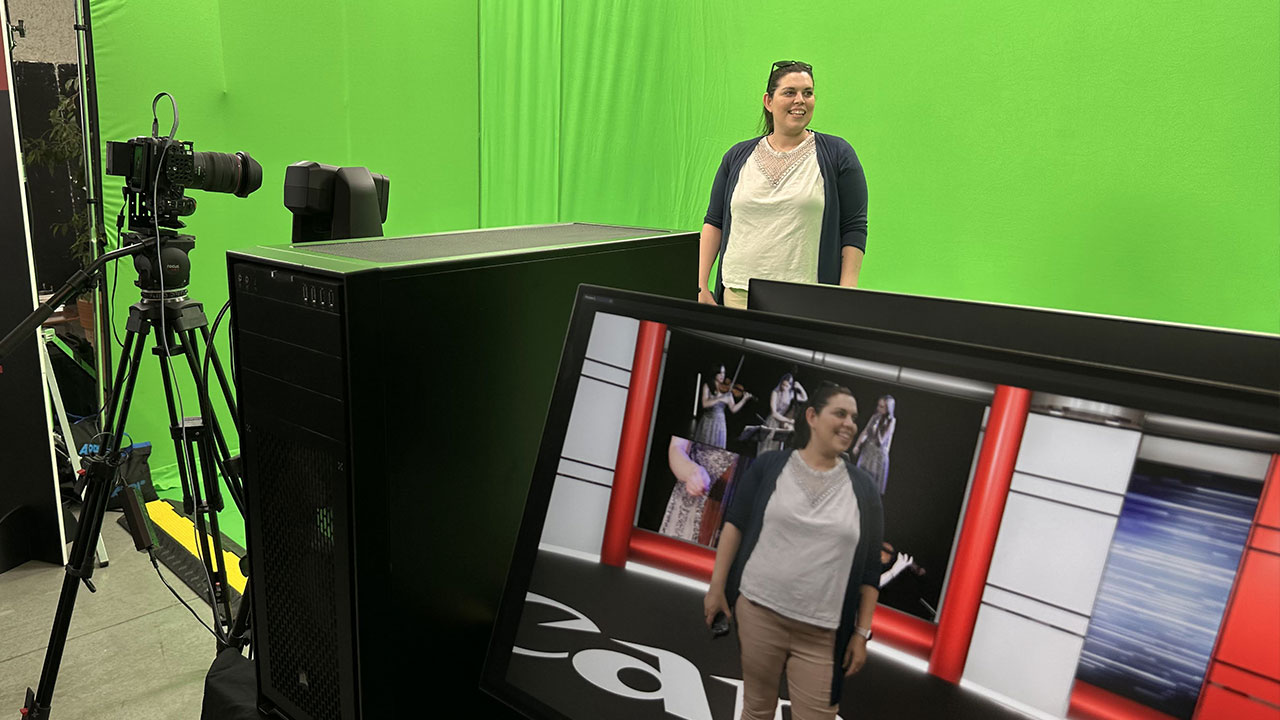






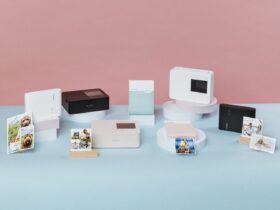
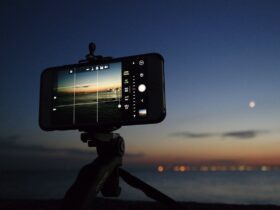
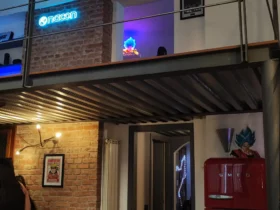
Leave a Reply
View Comments